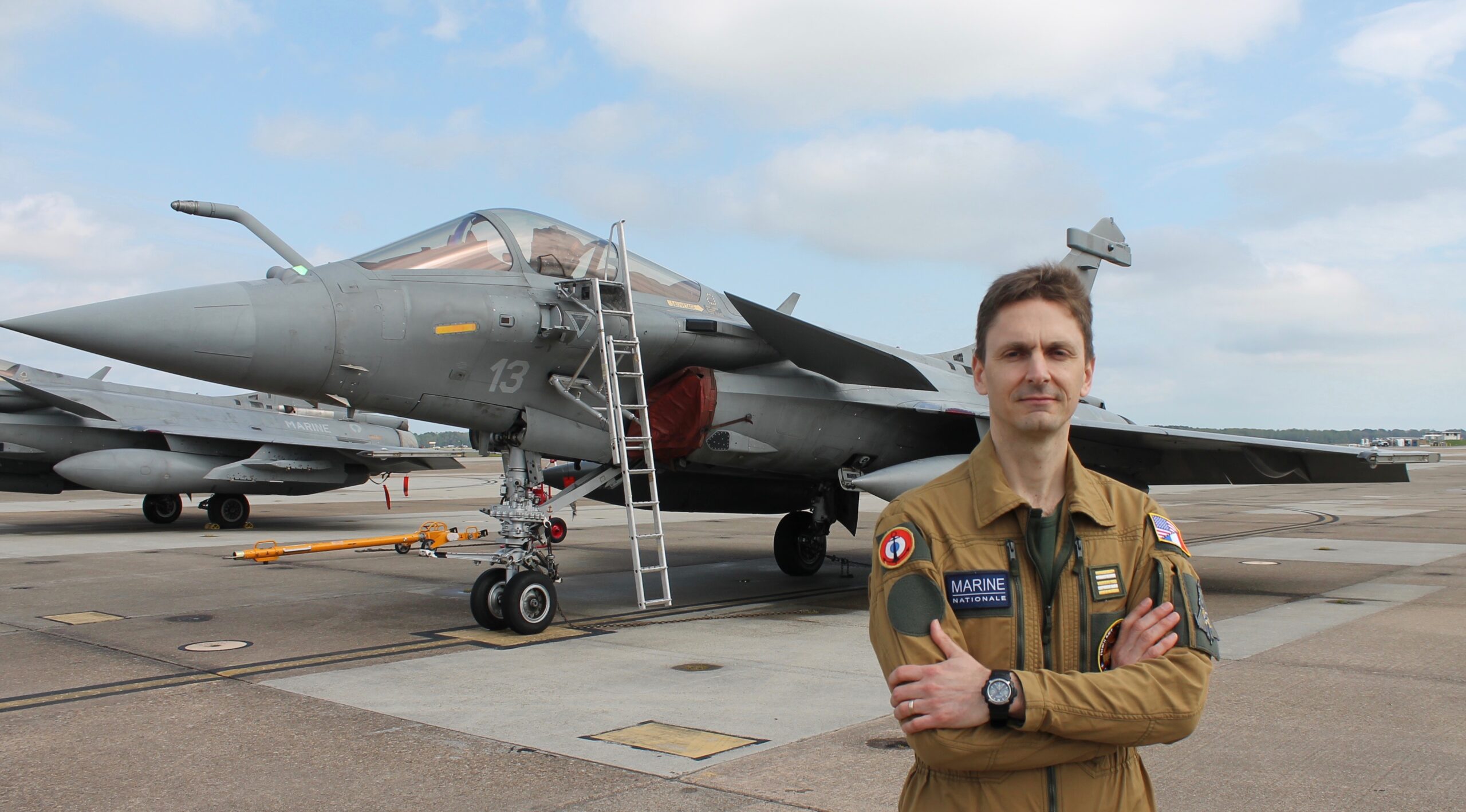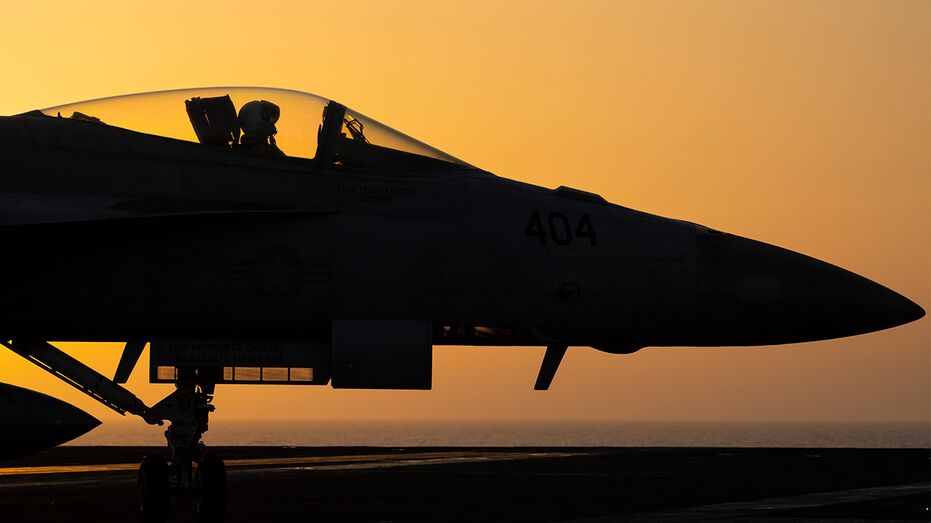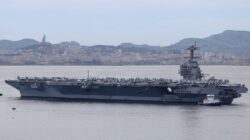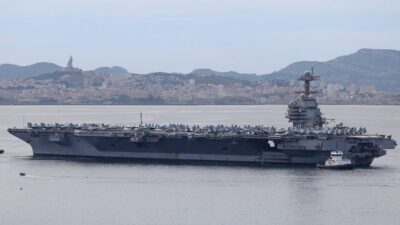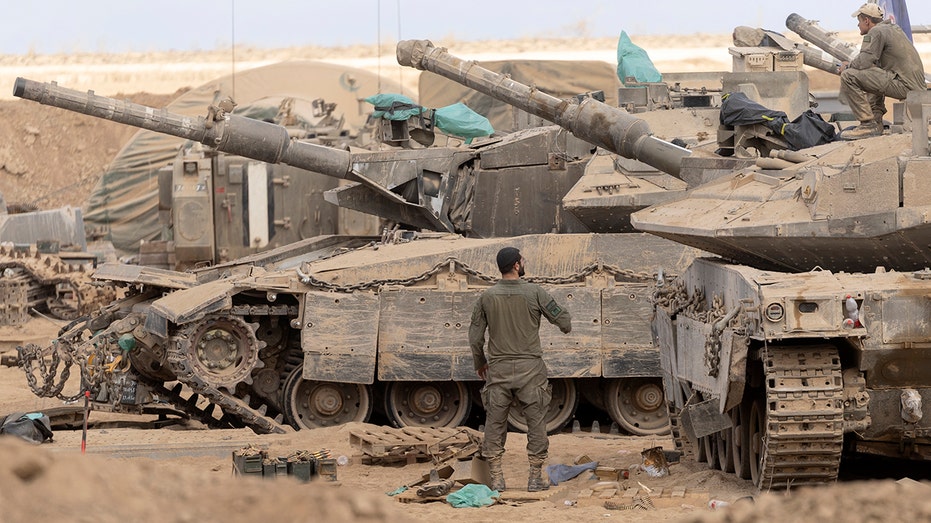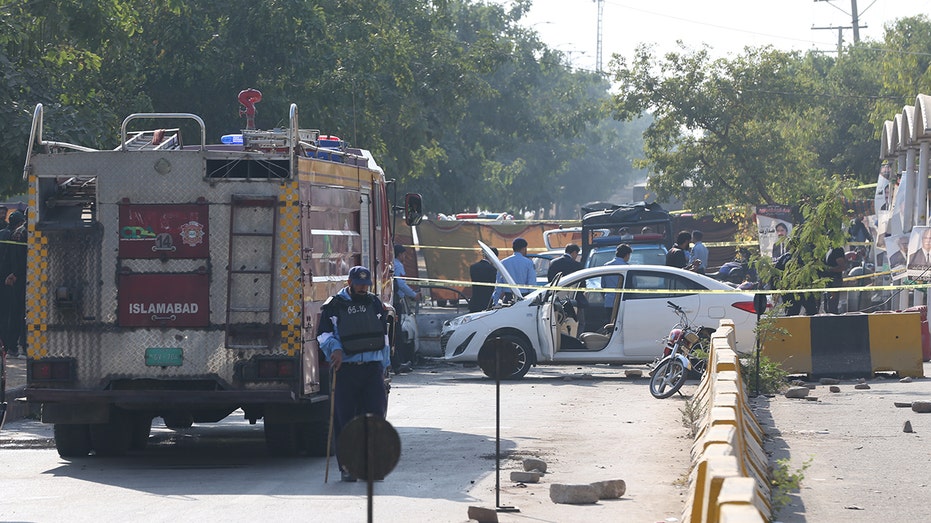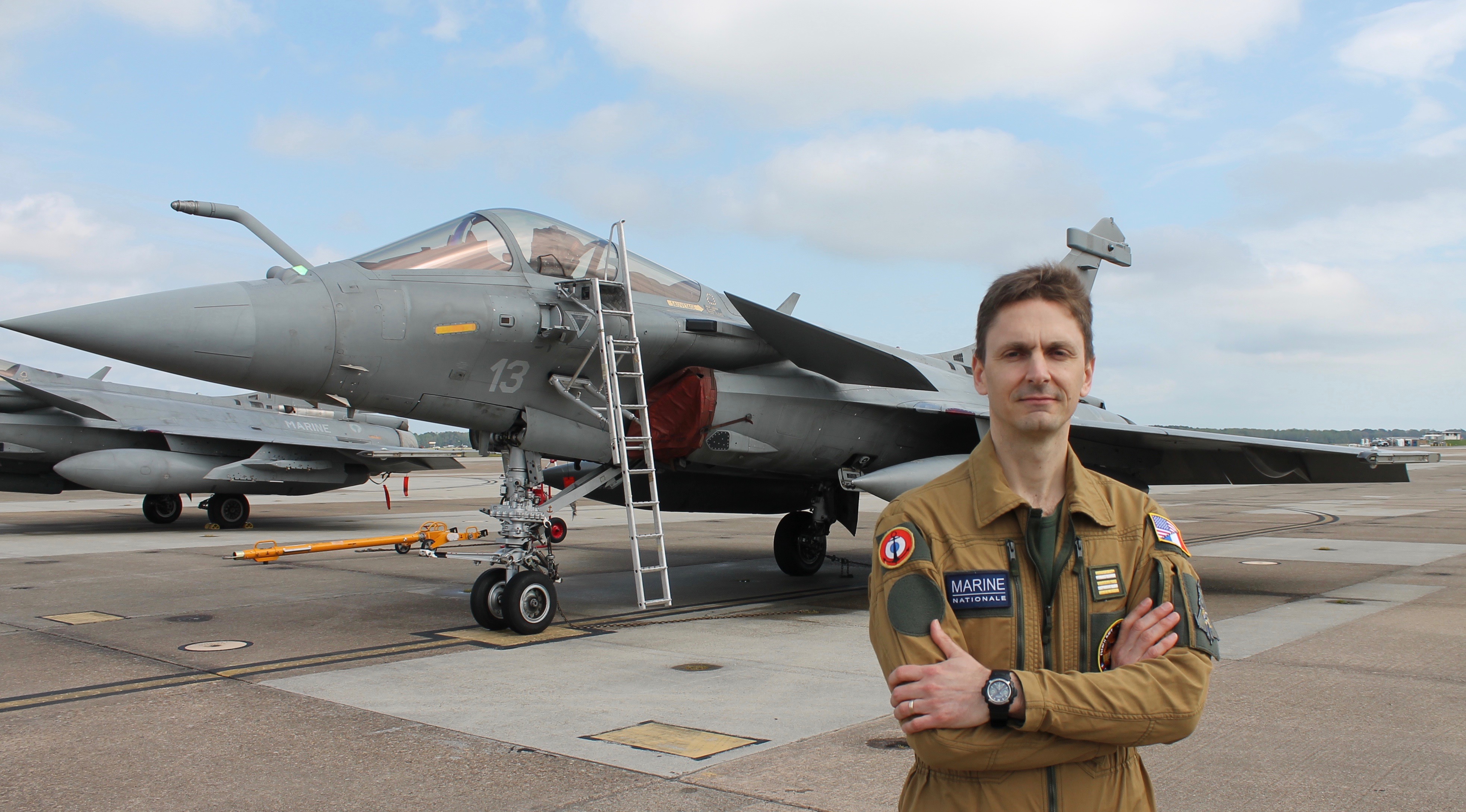
Friendly Fire Incident: U.S. Navy Pilots Shot Down in the Red Sea
On Sunday, two U.S. Navy pilots were shot down over the Red Sea in what military officials are describing as a “friendly fire” incident. Fortunately, both pilots ejected safely from their aircraft and were rescued alive, with one sustaining only minor injuries. This event has highlighted the significant dangers present in the Red Sea corridor, where tensions have been escalating due to ongoing attacks by Houthi forces on commercial vessels.
The Houthi Threat in the Red Sea
The Iranian-backed Houthi rebels have increasingly targeted ships in the Red Sea, posing a significant risk to both military and civilian maritime operations. Despite the presence of U.S. and European military coalitions patrolling these waters, the Houthis’ aggressive tactics have raised concerns over maritime security in a region critical for global trade.
At the time of the incident, U.S. Central Command was conducting airstrikes against Houthi positions in Yemen. Specific details regarding the mission that preceded the downing of the aircraft have not been disclosed publicly, leaving many unanswered questions about the circumstances surrounding the event.
The Downed Aircraft
The aircraft involved in the friendly fire incident was an F/A-18 Super Hornet, a dual-seat fighter jet operated by the “Red Rippers” of Strike Fighter Squadron 11, stationed at Naval Air Station Oceana in Virginia. The jet had launched from the USS Harry S. Truman aircraft carrier, which had recently re-entered the Middle East. However, the precise location of the carrier at the time of the incident remains undisclosed.
Central Command later revealed that the guided-missile cruiser USS Gettysburg had mistakenly fired upon and struck the F/A-18. The military has not yet clarified how the Gettysburg misidentified the fighter jet, especially given the integrated radar and communication systems within a carrier strike group designed to prevent such occurrences.
A Background of Escalating Tensions
Prior to the incident, U.S. warships and aircraft had been actively intercepting numerous Houthi drones and anti-ship cruise missiles launched by the rebels. The unpredictability and speed of Houthi attacks have forced U.S. forces to make crucial, quick decisions during combat, increasing the operational risks for personnel.
Since the deployment of the USS Harry S. Truman, U.S. airstrikes against Houthi targets have intensified. These operations have aimed at mitigating threats posed by Houthi missiles being fired into the Red Sea. The presence of an American carrier strike group in the region is seen by some analysts as a potential catalyst for further hostility from Houthi forces.
Recent Military Actions
Over the weekend, U.S. warplanes executed multiple airstrikes targeting Houthi-controlled areas, including Yemen’s capital, Sanaa, which has been held by the rebels for nearly a decade. Central Command stated that these strikes were focused on a “missile storage facility” and a “command-and-control facility.” The strikes were part of a broader effort to degrade Houthi capabilities and deter their attacks on maritime traffic.
While Houthi media confirmed some attacks in proximity to Sanaa and the port city of Hodeida, detailed information regarding casualties or damage from the U.S. strikes has not been publicly addressed.
Houthi Claims and Reactions
The Houthis have since claimed responsibility for the downing of the U.S. Navy aircraft, signaling an escalation in their narrative of action against U.S. military forces. Since the outbreak of the Israel-Hamas conflict in October 2023, the Houthis have dramatically increased their attacks on maritime vessels, allegedly targeting ships associated with Israel, the U.S., and the U.K. They argue that such actions are intended to compel a halt to Israel’s military operations in Gaza following the Hamas assault on October 7, 2023.
However, many of the vessels attacked by Houthi forces have little or no direct ties to the ongoing conflict, with some vessels reported to be en route to Iran. This broad targeting strategy raises concerns about the implications for global trade routes and the safety of international maritime operations.
Escalation of Regional Conflicts
In addition to their maritime campaign, the Houthis have also engaged in missile and drone attacks against Israel, prompting retaliatory actions from Israeli forces. This tit-for-tat exchange only exacerbates the already volatile security situation in the region.
The friendly fire incident involving U.S. Navy pilots serves as a stark reminder of the complexities and dangers of military operations in a theater marked by both external threats and the potential for miscommunication among allied forces. As the U.S. continues its military engagement in the region, the challenge of managing relationships with various actors, including both allies and adversaries, remains paramount.
With tensions likely to persist as long as the conflict in Gaza continues and the Houthi threat evolves, military leaders will need to ensure better protocols are in place to prevent future incidents like this one.
This report includes contributions from the Associated Press.

